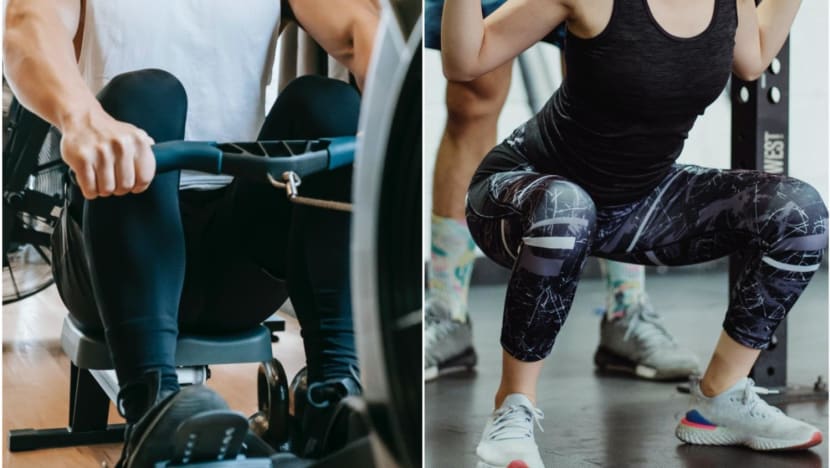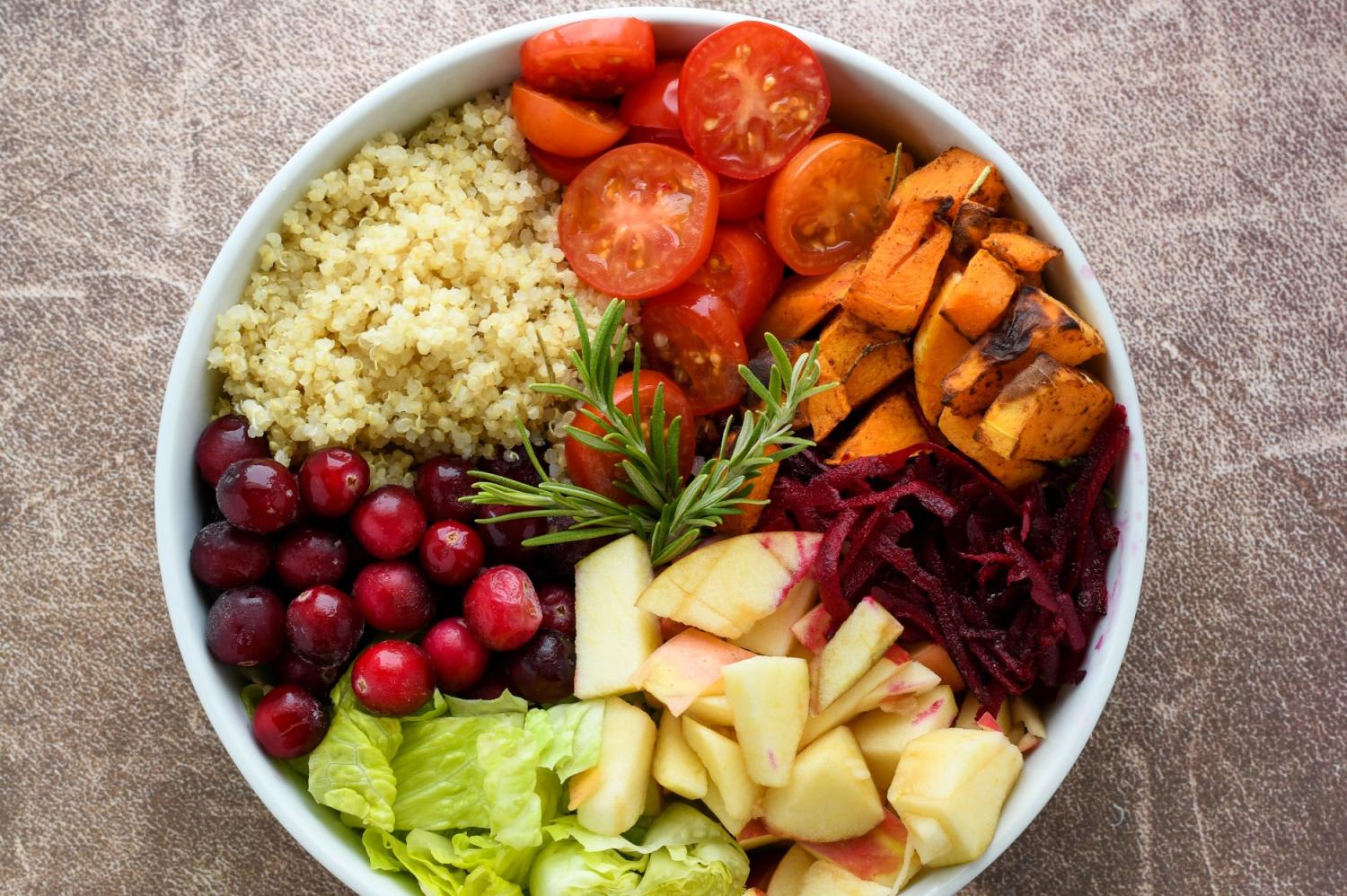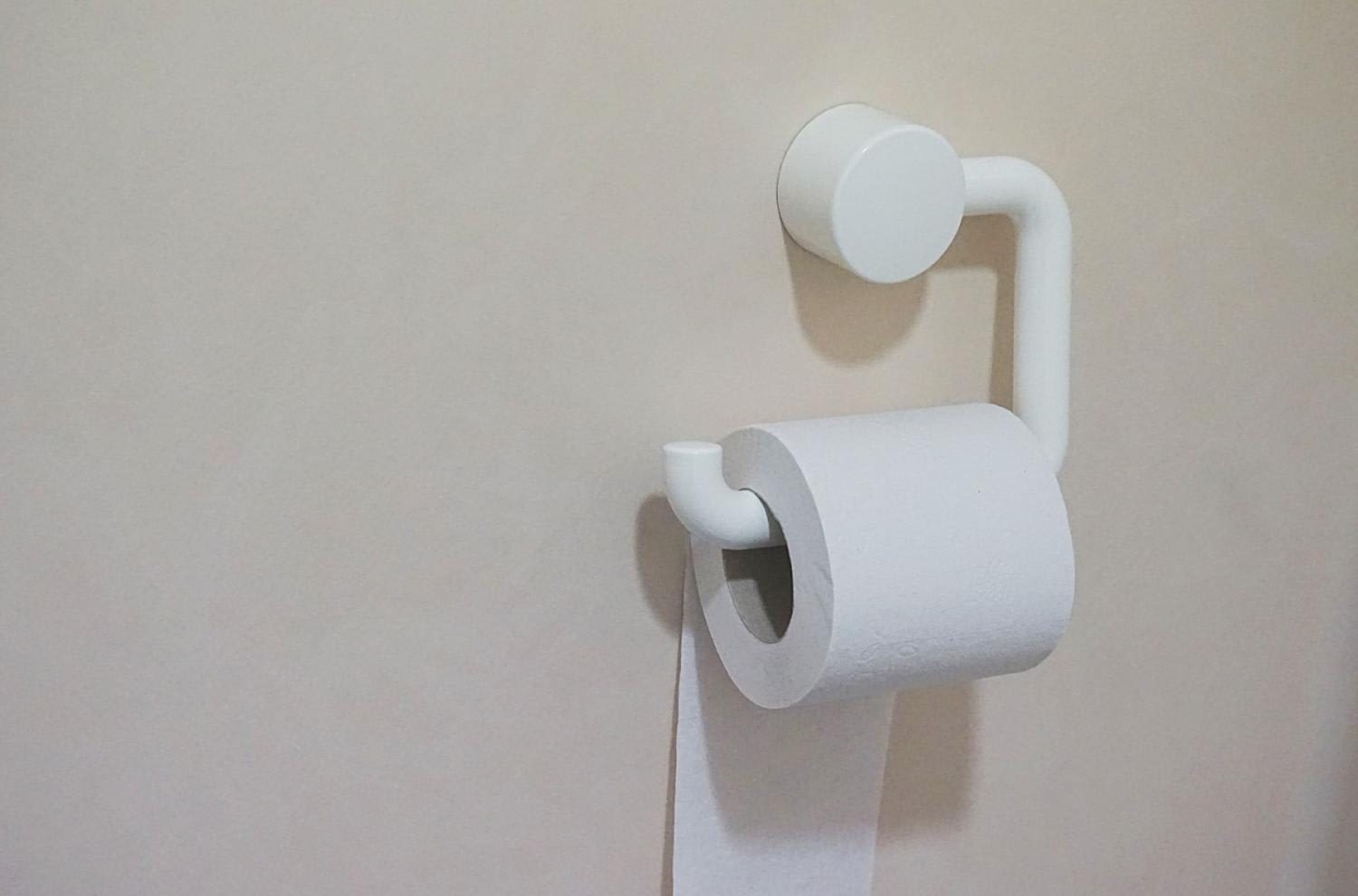Blood in stools: Heavy weight-lifting, cycling and overdoing high-fibre diets may inflame piles

SINGAPORE — When it comes to rectal health, you might save yourself some pain and grief by not dismissing it as “too much information”, checking what comes out and getting your parts examined.
This is especially if you are overly health-conscious and consuming inordinate amounts of fibre, cycling for long durations or lifting heavy weights at the gym.
A few doctors who spoke to TODAY have observed more younger adults seeking medical attention for haemorrhoids, particularly those on abnormally high-fibre diets or those overdoing certain exercises.
Haemorrhoids — or piles in layman’s terms — are a normal part of the body and are located inside the anal canal. Together with the anal muscles, they are part of normal continence mechanism, helping to hold in the stools. However, they can flare up, swell and bleed. Symptoms may include bleeding after passing motion, a lump hanging down outside the anus, and itching and soreness around the area.
In the past five years, Dr Mark Wong, senior consultant, and general and colorectal surgeon in private practice, has seen an estimated 20 per cent year-on-year increase in patients with haemorrhoids issues — which he linked to a combination of lifestyle-related factors such as changes in dietary habits, spending too much time on the toilet bowl as well as certain sports and exercises.
The most common age group he sees is between 20 and 40 years old.
“The multitude of dietary fad, which involves consuming too much meat or fibre, can often lead to abnormal bowel patterns and stool consistency,” Dr Wong said.
“Lack of a balanced diet leads to problems on both ends of the dieting spectrum. Everything must be eaten in moderation, including fibre-rich foods like vegetables, fruits, whole grains, bran, oats, etc.”

Dr Wong pointed out that the vast majority — around 80 per cent — of his patients with constipation are eating too much fibre.
“They have the three classic signs of bloating, flatulence and pellet-like or bulky stools,” he said.
“Coupled with excessive and prolonged straining, sitting on the toilet bowl for too long (blame the mobile phones and tablets) and certain sports like weight lifting, it is no wonder that I am seeing more patients, especially the young, with haemorrhoidal disease.”
Spending too much time sitting on the toilet bowl is one of the well-known risk factors.
“When one sits on the toilet bowl, the haemorrhoids will automatically start to swell but this is reversible and not detrimental if the time is kept to less than five to 10 minutes,” Dr Wong explained.
Although a sedentary lifestyle increases the risk, Dr Melvin Look, a consultant surgeon and director of PanAsia Surgery, said that people who are active in certain physical activities are also more prone to getting haemorrhoidal disease.
This would happen when the person strains excessively during exercise, such as when lifting weights, or when cycling and rowing, which require a sitting posture that places prolonged pressure on the bottom.

Ms Melody Chong, 45, a fitness enthusiast, said that her love for intensive workouts could have contributed to rectal bleeding.
For example, as part of her circuit training (a form of body conditioning involving endurance training, high-intensity aerobics and exercises performed in circuit), she might do a series of lunges and squats while carrying a 20kg weight overhead.
The public relations consultant, who is also a certified health coach, has had haemorrhoids since her 30s but the bleeding worsened in the past year.
“It was scary because it wasn’t just specks (of blood) after a bowel movement. Sometimes, there would be a flow of blood,” Ms Chong said.
With the fear of colon cancer at the back of her mind — her late-grandmother was diagnosed with the cancer — she sought medical attention and underwent a colonoscopy.
Inflamed haemorrhoids and two benign polyps found during the scope were removed.
The multitude of dietary fad, which involves consuming too much meat or fibre, can often lead to abnormal bowel patterns and stool consistency.
Apart from the younger set of patients and their diet and fitness lifestyle contributing to bleeding piles, it is well-known that unhealthy habits increase the risk as well.
These would include smoking and chronic constipation related to not getting enough physical activity, insufficient fibre and obesity, Dr Look said.
When haemorrhoids start causing troubling symptoms, becoming swollen, inflamed or bleed (termed haemorrhoidal disease), it can severely impair quality of life and treatment is often required.
Increased pressure on the rectal vein can also occur during pregnancy, which is why pregnant women may develop the uncomfortable condition.
Dr Look said: “Older women with multiple pregnancies are at a higher risk.”
YOUNG PATIENT NEEDED BLOOD TRANSFUSIONS
Dr Look, who sees around 500 to 600 patients with haemorrhoids each year, said that mild cases can be managed with better toilet habits and dietary changes.
However, haemorrhoids can be serious if the bleeding is massive, frequent and goes on for too long.
Recalling a case he saw recently, Dr Look said that a 28-year-old patient had been bleeding from piles for so long that she developed severe anaemia and iron deficiency.
“She even experienced breathlessness when walking. When she was admitted to hospital, she was literally as pale as a sheet and needed urgent blood transfusions.”
The patient had her haemorrhoids removed when her condition was more stable, and has since recovered.
Dr Look said that haemorrhoids can also become an emergency condition called thrombosis, when a blood clot forms within them.
This leads to swollen and gangrenous haemorrhoids that can no longer be pushed back into the anal canal.
IS IT HAEMORRHOIDS OR SOMETHING ELSE?
The doctors said that the most common symptom of piles is rectal bleeding. Usually, bleeding from haemorrhoids occurs during bowel movement, and the blood is fresh and bright red.
Others may experience swelling and downward prolapse of the haemorrhoids during bowel movement, which leads to discomfort and pain.
“(Bleeding from piles) can be in small amounts covering the stools, or staining toilet paper when wiping. It can also be in large amounts, even dramatically spurting into the toilet bowl or dripping down the legs,” Dr Look said.

Unlike the bright red bleeding from haemorrhoids, stale or altered blood mixed in stools may signify bleeding higher up in the colon, due to colon cancers or polyps, for example, he added.
To be certain, it helps to see a doctor.
“Any bleeding is never normal regardless of age,” Dr Look said.
“A check-up with your doctor can be very useful as a rectal examination can be done in the clinic — this is simple to do and painless. If needed, your doctor can refer you to a specialist for further tests such as a colonoscopy.”
TREATMENT OPTIONS
Dr Wong said that the first step in treating haemorrhoidal disease is to correct the underlying triggers such as improper dietary and toileting habits.
“I always emphasise to patients that unless they correct their lifestyle triggers, the problem will recur since the piles are still in the anus to perform their function.”
Next would be to start medications, which may include using a combination of oral tablets, suppositories and creams, Dr Wong said
“Only if the above fails or in severe cases, surgery can be helpful.
“But in surgery, I merely remove the excessive or swollen parts and leave the normal haemorrhoidal tissue intact, so that the patient can still (hold in) stools,” Dr Wong said.
“Haemorrhoids must be left alone if they are not causing problems.”
Dr Look said that persistent bleeding can be managed by a clinical procedure called rubber-banding of the haemorrhoids.
It involves tying the haemorrhoid with rubber bands at its base, thus cutting off blood flow, but this method is less popular now, he noted.
A newer non-surgical treatment method called haemorrhoid energy treatment is also available. This uses a bipolar electrosurgical device to apply gentle haemorrhoid tissue compression and low thermal energy to shrink it, Dr Look added.
Haemorrhoids that are too large may require surgery.
I realised that I was also getting injuries on my right knee and elbow (from circuit training), which is probably my body’s way of telling me to take a step back from more intensive workouts.
For Ms Chong, she has since switched back to doing yoga to keep fit.
"I realised that I was also getting injuries on my right knee and elbow (from circuit training), which is probably my body’s way of telling me to take a step back from more intensive workouts.”
She added that people should not take their health for granted and get their colorectal health checked, even though the preparation process is rather tedious and unpleasant.
To prepare for a colonoscopy, the bowel must be thoroughly cleansed. Ms Chong went on a diet of soft foods for five days before her scope, had liquid-only meals a day before the procedure and had to take laxatives to induce diarrhoea and clean out the colon before the procedure.
“People often find it embarrassing to talk about our bodily functions for excretion. But I have no regrets getting myself checked and having peace of mind knowing that bleeding is not due something more sinister in the colon,” she said.













